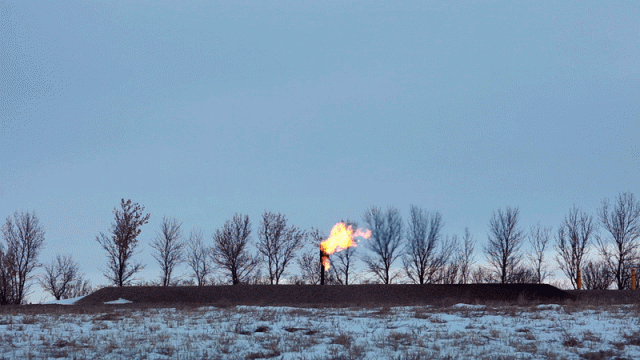North Dakota's New Flaring Goal In Context

Back in September the North Dakota Industrial Commission – the triumvirate made up of Governor Jack Dalrymple, Agriculture Commissioner Doug Goehring, and Attorney General Wayne Stenehjem which regulates, among other things, oil and gas development in the state – made some changes to a flaring reduction plan they had implemented in April 2014.
Flaring has become one of the chief talking points of environmental activists targeting the state, and to be sure few are happy about the amount of gas being burned off in the Bakken oil fields. The flaring reduction plan was supposed to placate these critics, and when the NDIC decided to make changes, we heard the what has become a familiar refrain from the left.
The state was once again being entirely too lackadaisical with the oil and gas industry.
I defended the changes, pointing out that while they eased short-term gas capture goals, they actually made the overall plan a bit tougher. Now the federal government’s Energy Information Administration has taken a look at the policy change, and I think a chart they’ve produced illustrates that point perfectly. The old plan is in gold, the new plan is in green, and as you can see the new plan not only reduces flaring more overall it also reduces flaring faster.
This doesn’t seem like such an unreasonable change in policy, especially given the short-term obstacles the oil and gas industry faces what with oil prices in the tank.
Nothing will ever, ever satisfy the extreme environmental activists, because they want to leave the oil in the ground to begin with. Any plan which allows any production is anathema to them. Add that in with criticism motivated purely by partisan politics, and it explains a good deal of the criticism over this sort of policy.
But more reasonable observers can agree that these changes were modest, necessary, and ultimately of benefit to both the state and the oil and gas industry.





